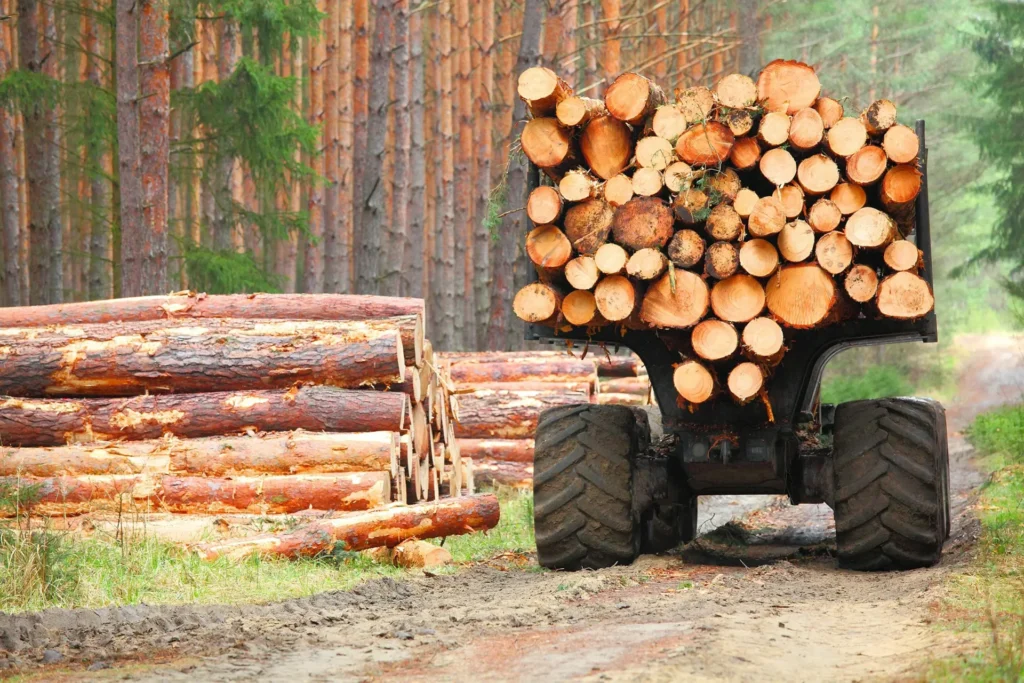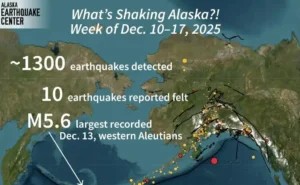A new USDA timber production order in Alaska may drastically increase logging in the Chugach and Tongass National Forests. Secretary of Agriculture Brooke Rollins issued the order through an Emergency Situation Determination (ESD) on April 1, 2025.
The ESD designates 112.6 million acres of National Forest System lands, about 59% of all national forest land, as emergencies. That classification allows the U.S. Forest Service to bypass lengthy procedures and launch immediate actions for forest health and safety.
Secretary Rollins said the action supports resilience against wildfires, disease, and insect outbreaks through expanded forest management efforts nationwide. Although most of the land lies in the Western U.S., a USDA map confirms that two affected areas lie entirely within Alaska.
This order follows President Trump’s Executive Order 14225, which mandates expanding American timber production to boost domestic jobs and national security. The order allows emergency tree removal, salvage logging, reforestation, and restoration of utilities and water sources damaged by fires or disease. Forest Service teams can now fast-track permits, hire directly, and issue emergency grants in designated areas.
Deputy Chief Chris French released a supporting directive calling for each forest region to increase timber volume by 25% over five years. Regional foresters must also stockpile two years’ worth of timber-ready land to meet urgent demands.
French emphasized partnerships with tribes, counties, and state agencies to efficiently carry out this massive effort. He expects the plan will reduce fire threats, stimulate economies, and protect essential water supplies in rural communities.
Alaska Governor Mike Dunleavy has long called for more timber activity, and this new federal order aligns with his economic priorities. A drier winter has also raised concerns about potential wildfires, adding urgency to the USDA’s decision. With the USDA timber production order in Alaska, federal officials hope to transform crisis response into long-term economic and environmental resilience across the state’s vast forest lands.
This news article was originally published by Alaska’s News Source.












